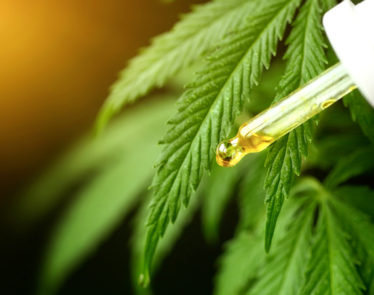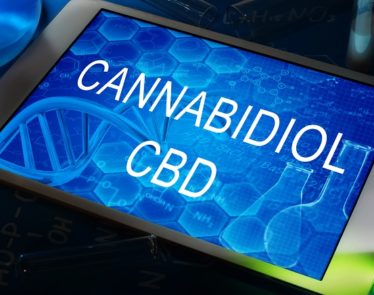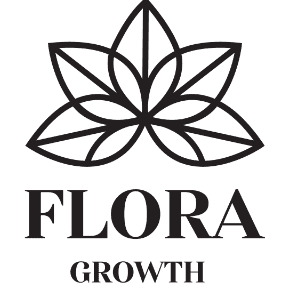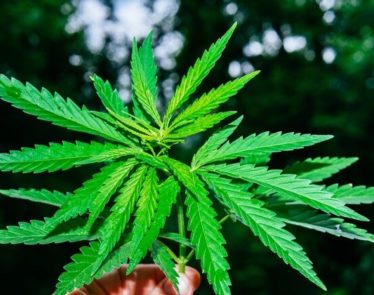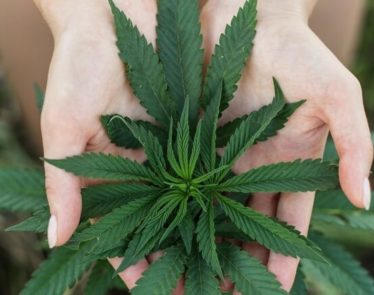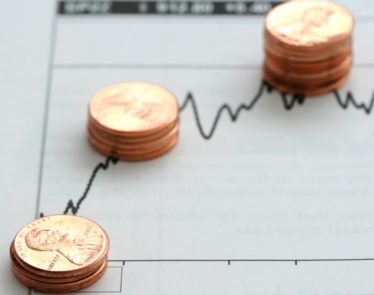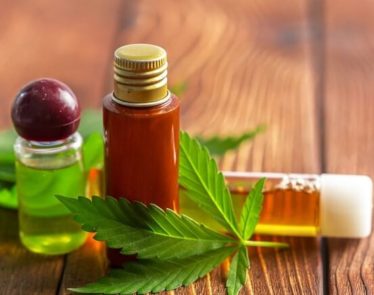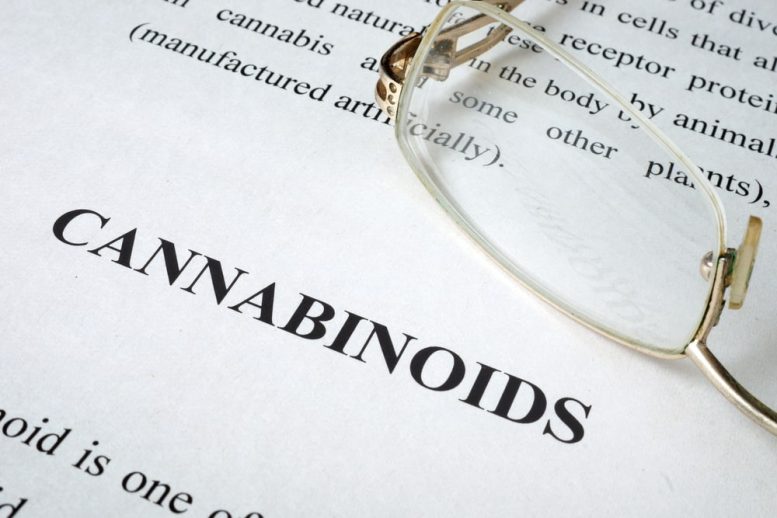
Cannabinoids are chemical compounds that make up cannabis and hemp plants. THC and CBD are both cannabinoids that are secreted by the plant and offer relief to people suffering from anxiety, nausea, inflammation, and other conditions.
Why do cannabis and hemp plants need cannabinoids? They actually have no primary role in the development of the plant, though are thought to be responsible for the plant’s immune system; they basically help to ward off parasites and pests.
Humans have equivalent compounds called endocannabinoids. These work in our bodies to maintain homeostasis; they detect and regulate hunger, pain, mood, and memory. Cannabinoids work medicinally by imitating our own endocannabinoids. Different cannabinoids bind to respective receptors around your body and create different reactions.
Because cannabinoids can bind to our receptors creating various effects, humans can reap a multitude of health benefits and mere enjoyment from using cannabinoids.
The legalization of medicinal marijuana in 30 states in the US, as well as in other countries around the world has led to more in-depth research on the benefits of cannabinoids for our health and well being. But, there are several types of cannabinoid; cannabis plants contain at least 85. The most commonly known, THC and CBD, can sometimes be confused but their effects are very different.
Cannabinoid: THC
THC or tetrahydrocannabinol is the active ingredient in cannabis that is responsible for the euphoric high smoking or ingesting cannabis leads to. But, what else is there to know about the cannabinoid everyone has heard of?
In 1964, an Israeli chemist, Raphael Mechoulam, isolated and synthesized THC from a Lebanese strain of hashish. This marks for most the beginning of scientific research into cannabis, cannabinoids, and the effects they have on the human brain and body.

The THC cannabinoid binds to receptors in our brains and central nervous systems. This binding process leads to an intoxicating sensation or a high. This feeling can go two ways depending on a person’s chemistry or the strain of cannabis you are smoking:
- A feeling of calm and peace that is similar to the naturally produced wave of euphoria after an anabolic workout, or a “runner’s high” that comes from the human cannabinoid anandamide.
- A feeling of increased anxiety or paranoia.
Sometimes people just need to try a different strain; most dispensaries will offer you a list of THC levels, and expected effects of the strain you are buying, and it is best to abide by their advice. If you are trying cannabis for the first time, you should probably start slow!
>> Hemp vs Marijuana: What's the Difference?
THC has some short-term effects:
- Relaxation
- Memory Impairment
- Laughter
- Sedation
- Red Eyes
- Anxiety
- Dizziness
- Drowsiness
THC can be used to treat symptoms of a long list of conditions:
- PTSD
- Arthritis
- Cancer
- Chron’s Disease
- Fibromyalgia
- Alzheimer’s Disease
- Multiple Sclerosis
THC can be consumed via smoking or eating it; either way, the cannabis plant needs to be exposed to heat for THCA (the non-intoxicating cannabinoid) to be converted into THC.
Cannabinoid: CBD
CBD or cannabidiol is a cannabinoid that is found in cannabis and hemp plants. It is non-psychoactive, meaning that it does not produce a high in the same way that THC does. CBD was discovered in 1940 by a team at the University of Illinois led by Dr. Roger Adams. In the mid-1950s, it was proven that CBD was not psychoactive and ever since the push for legalization and research has been ongoing.

Over the past decade, research has been amped up, and more and more uses for this wonder cannabinoid are being discovered. CBD-infused products have become the craze of 2018 and into 2019 look set to become even bigger. The CBD product market is currently valued at $800 million and is set to hit $20 billion by 2022.
When ingested, the CBD cannabinoid binds to endocannabinoids in our bodies and can help to desensitize our pain receptors. On direct application to the skin, it binds to TRPV-1 receptors in the skin. It creates a soothing effect on the skin that can reduce itching, pain, and heat.
CBD is extracted as an oil—there are three different ways to extract CBD. Once in oil form, the possibilities are endless. CBD can help relieve symptoms of skin conditions such as eczema and acne, as well as mental health issues such as anxiety and psychosis. It has proven to be effective as pain relief topically and when ingested. Cancer, Multiple Sclerosis, arthritis, schizophrenic, and Alzheimer ’s patients have all seen the benefits of CBD on their symptoms.
So of the possible 100 cannabinoids that can be found in cannabis plants, the two most well-known are THC and CBD, and the applications and the health and well-being benefits are numerous. Of the other dozens of cannabinoids to be discovered and researched, who knows what they might be able to do!
Featured image: DepositPhotos © designer491




